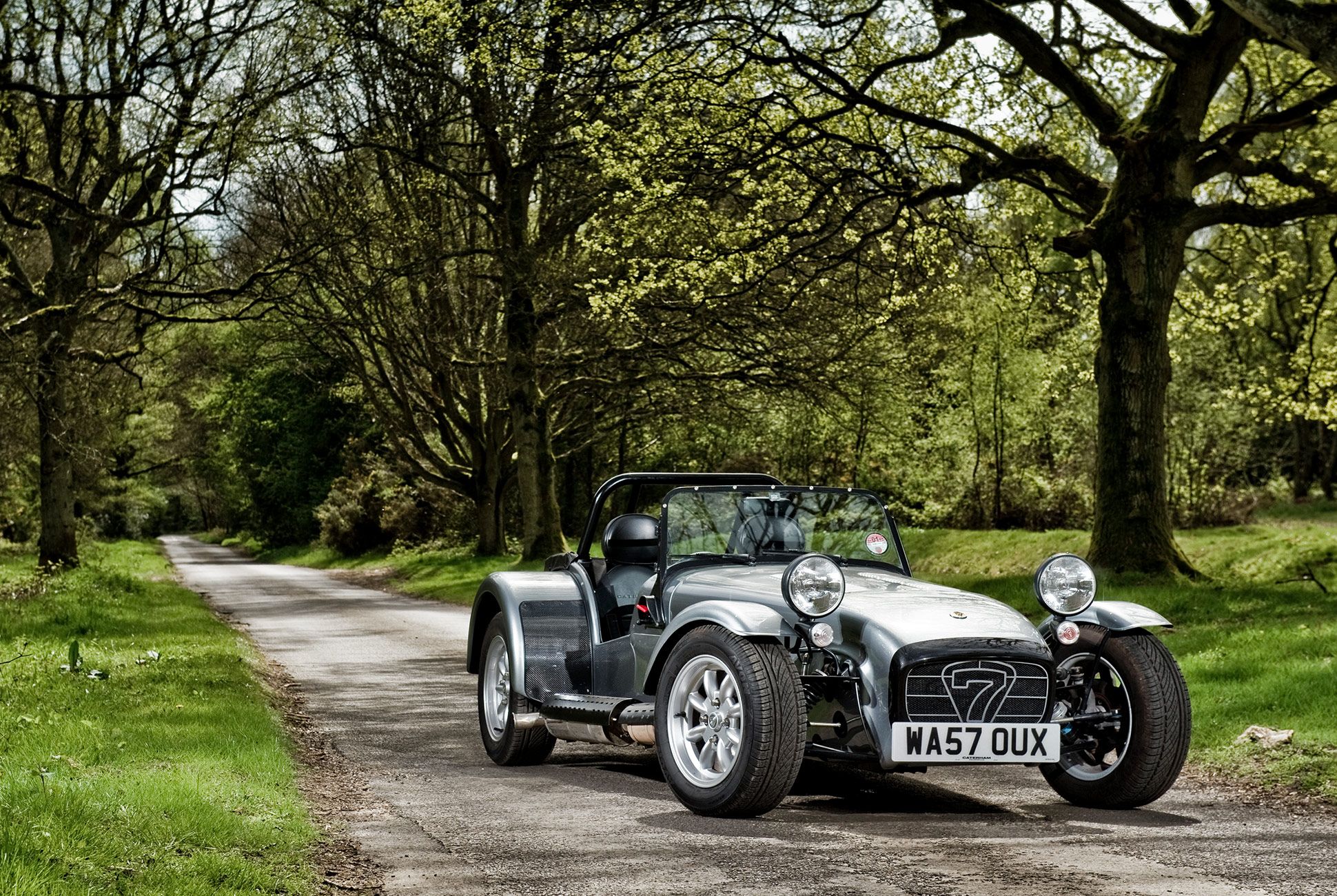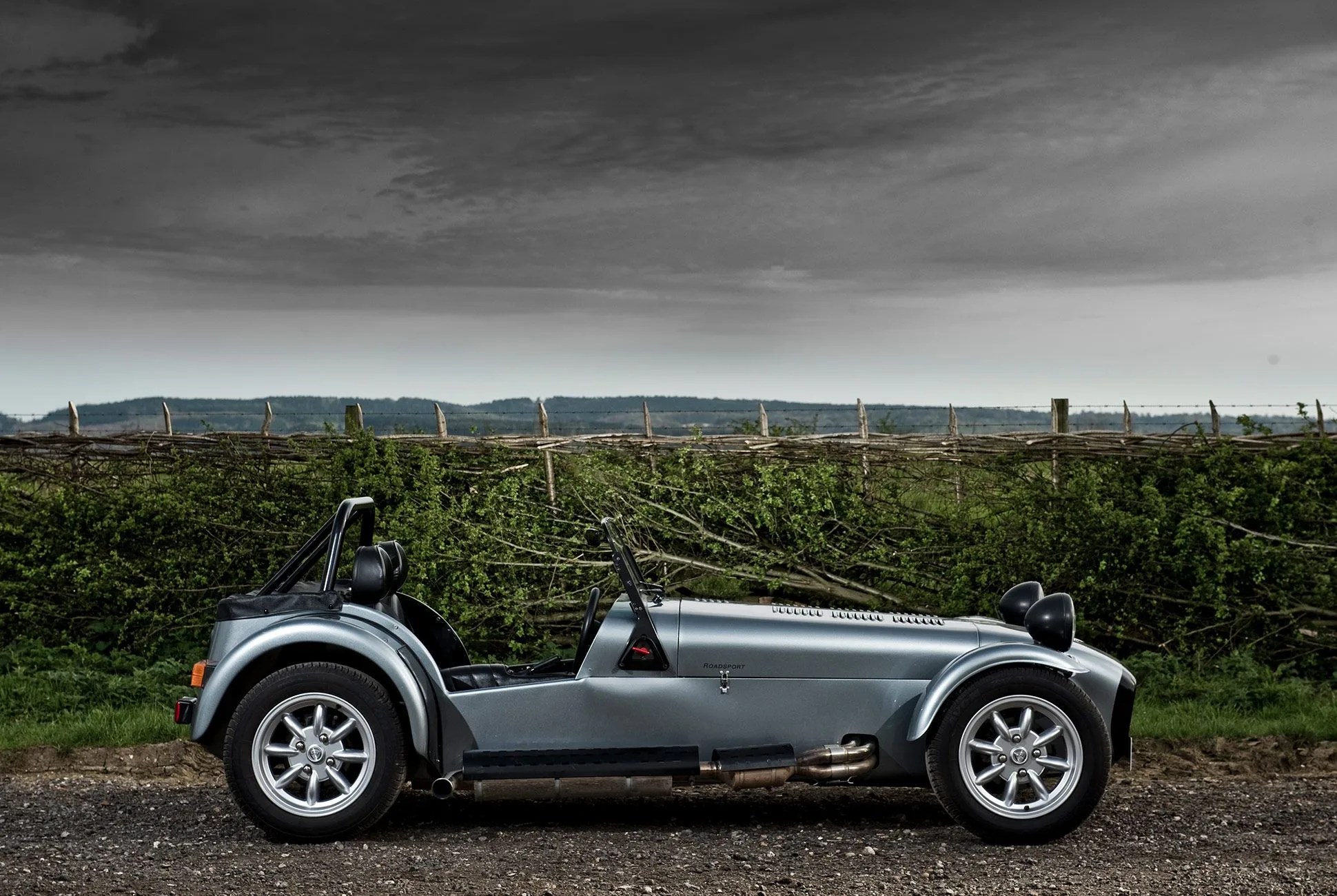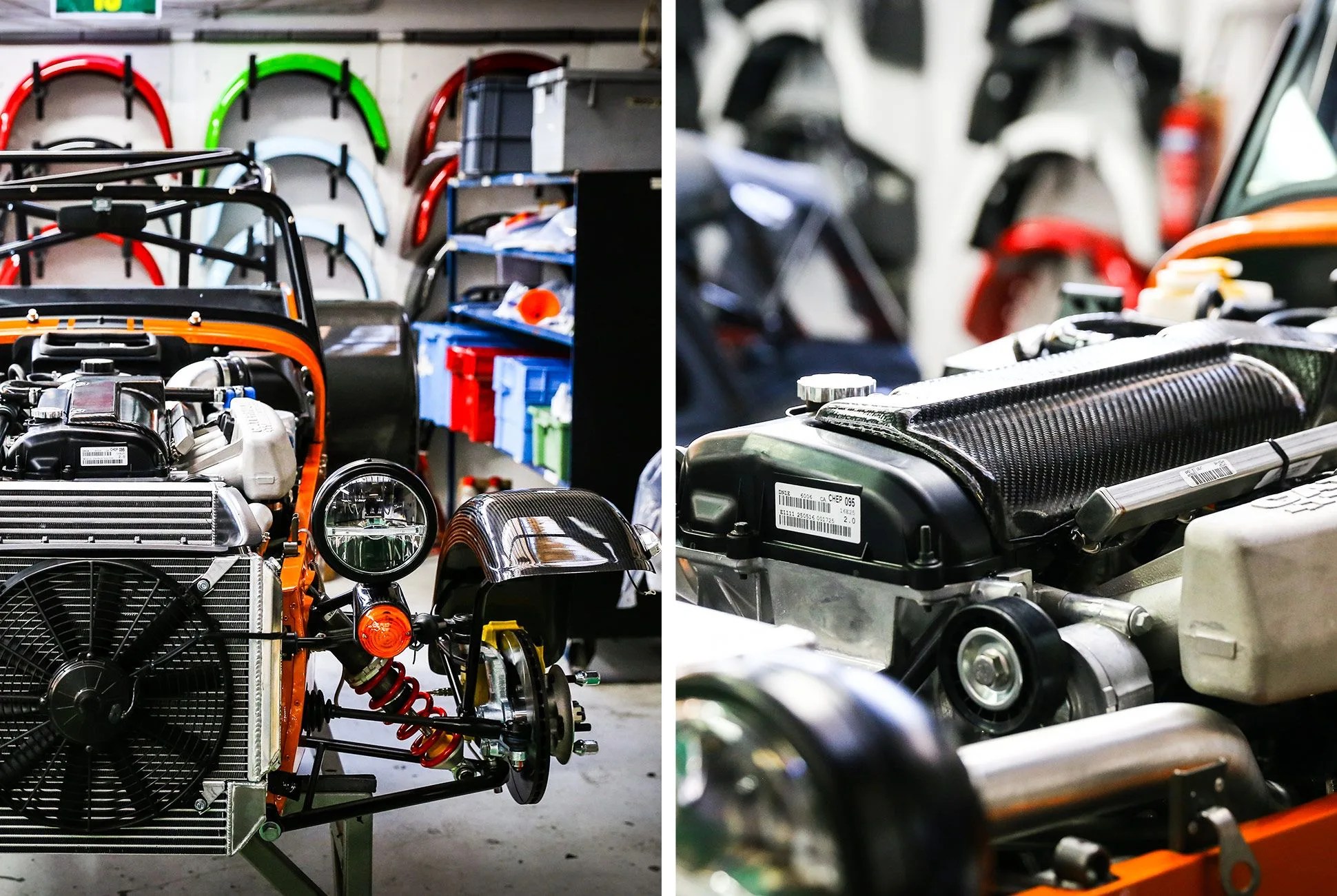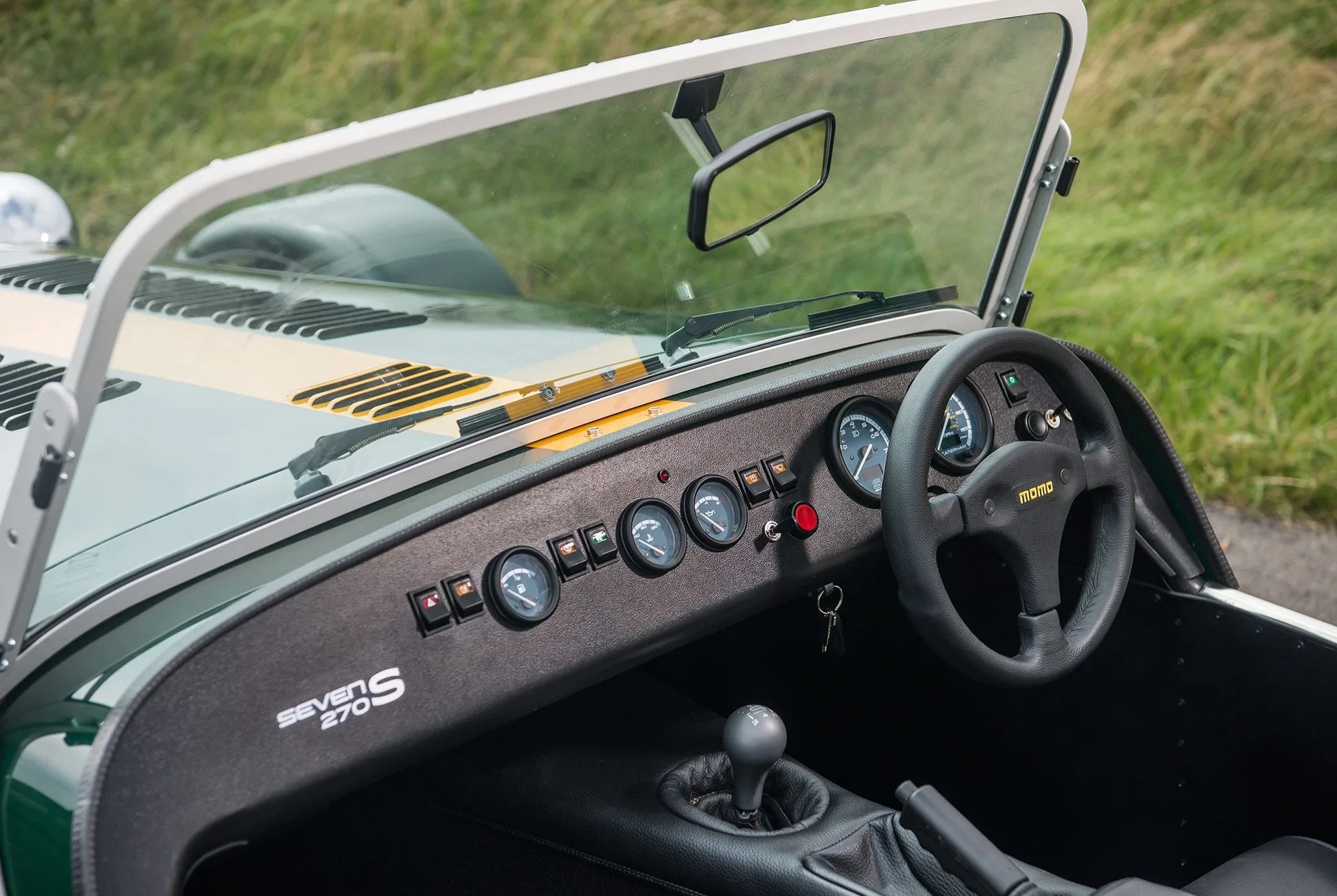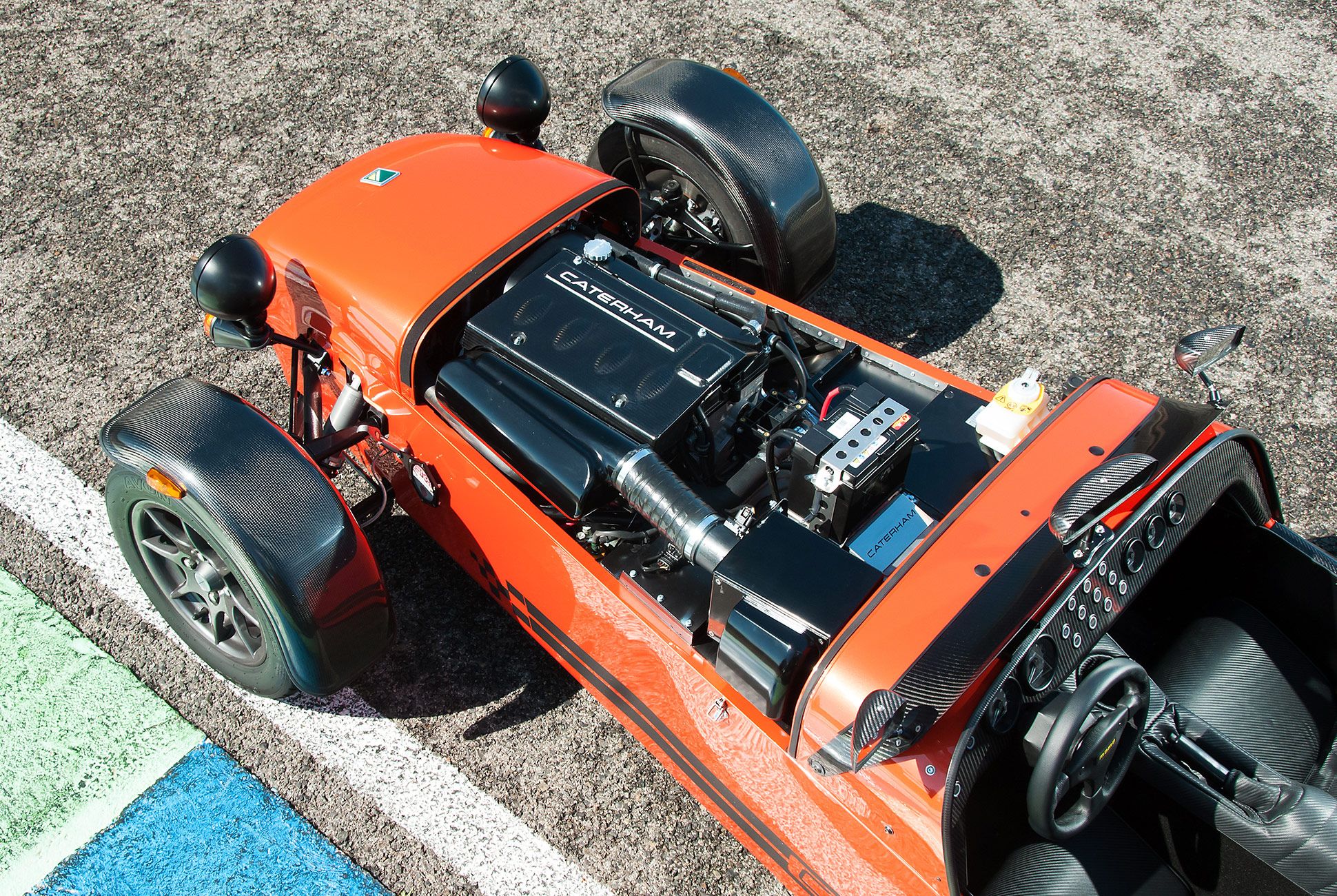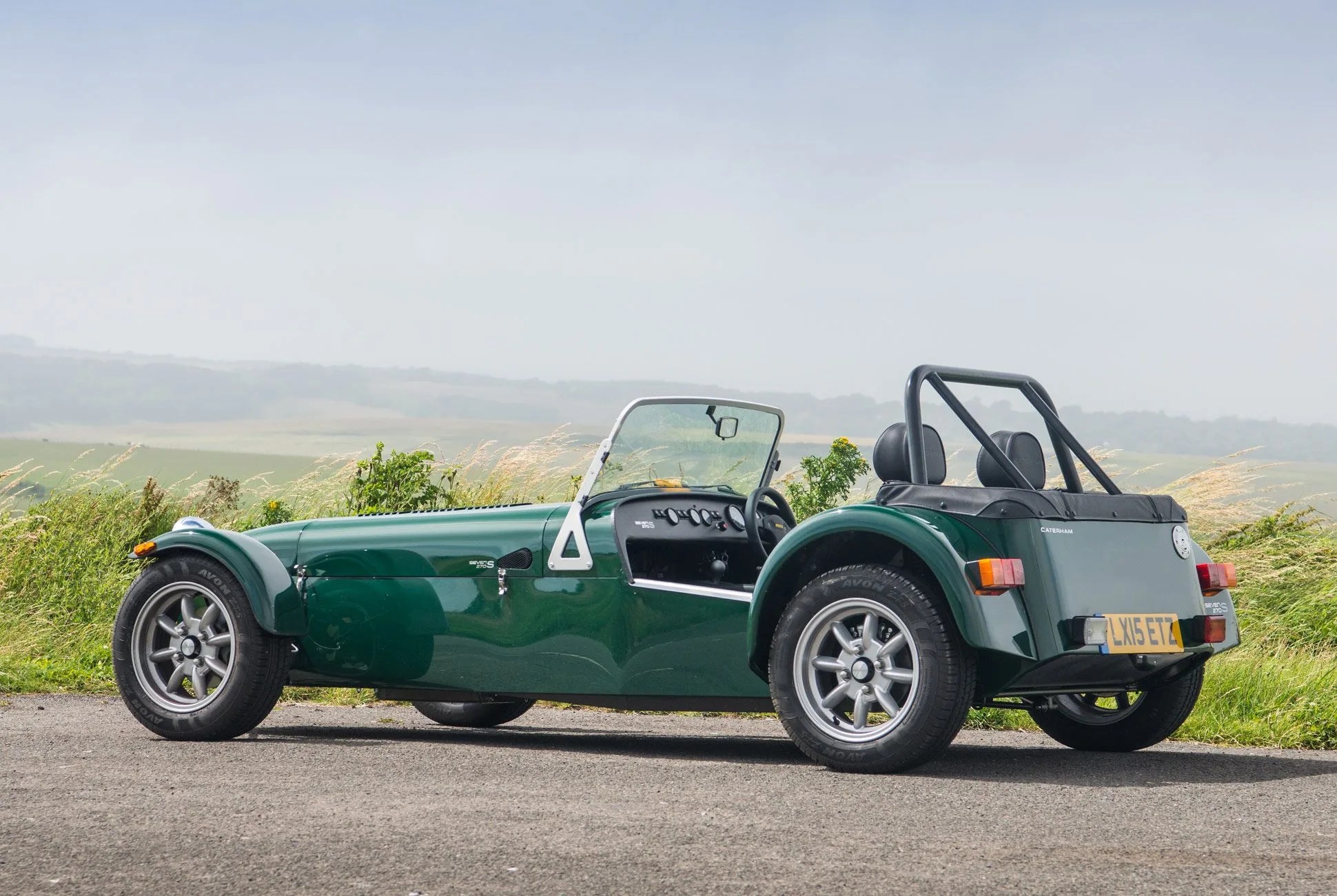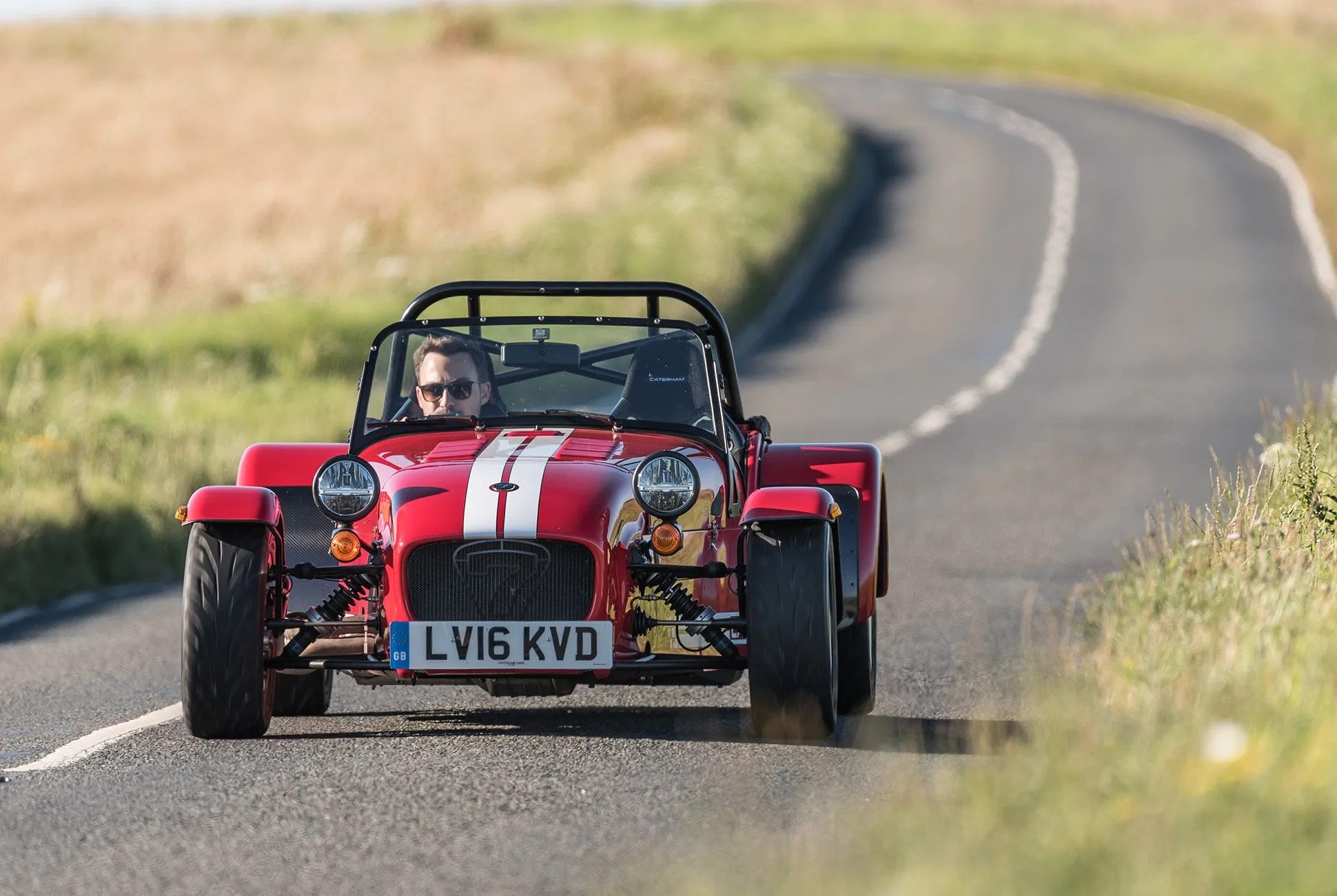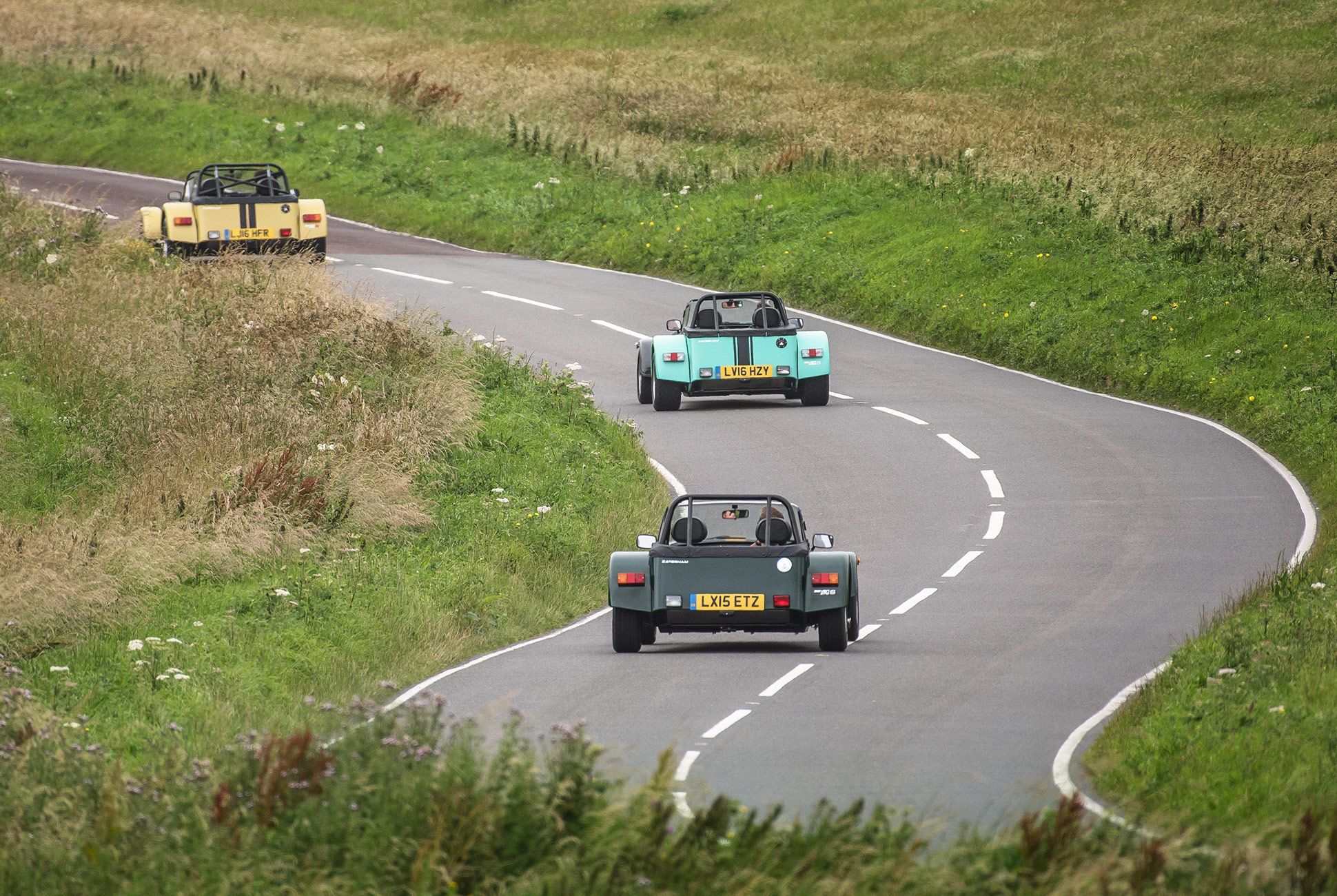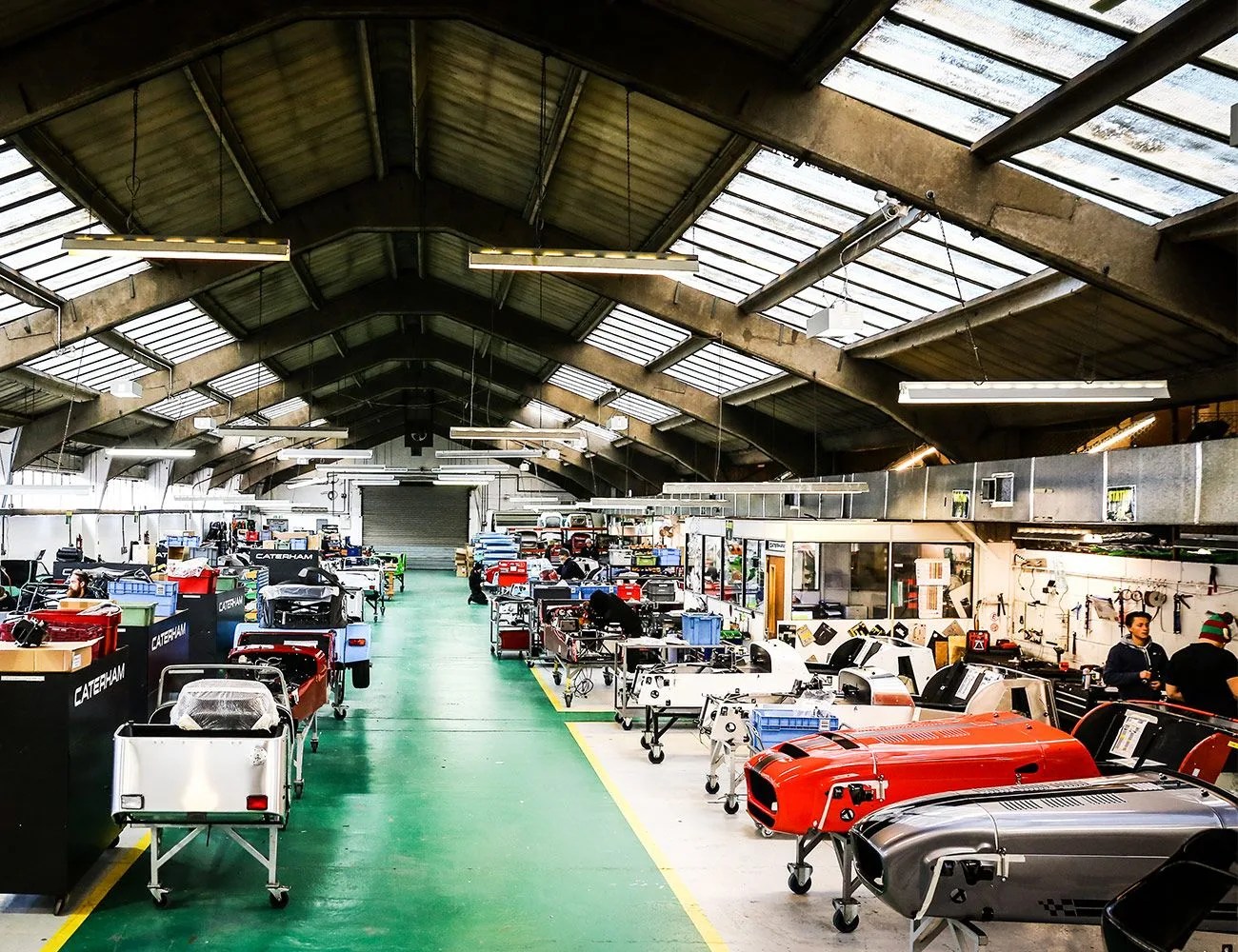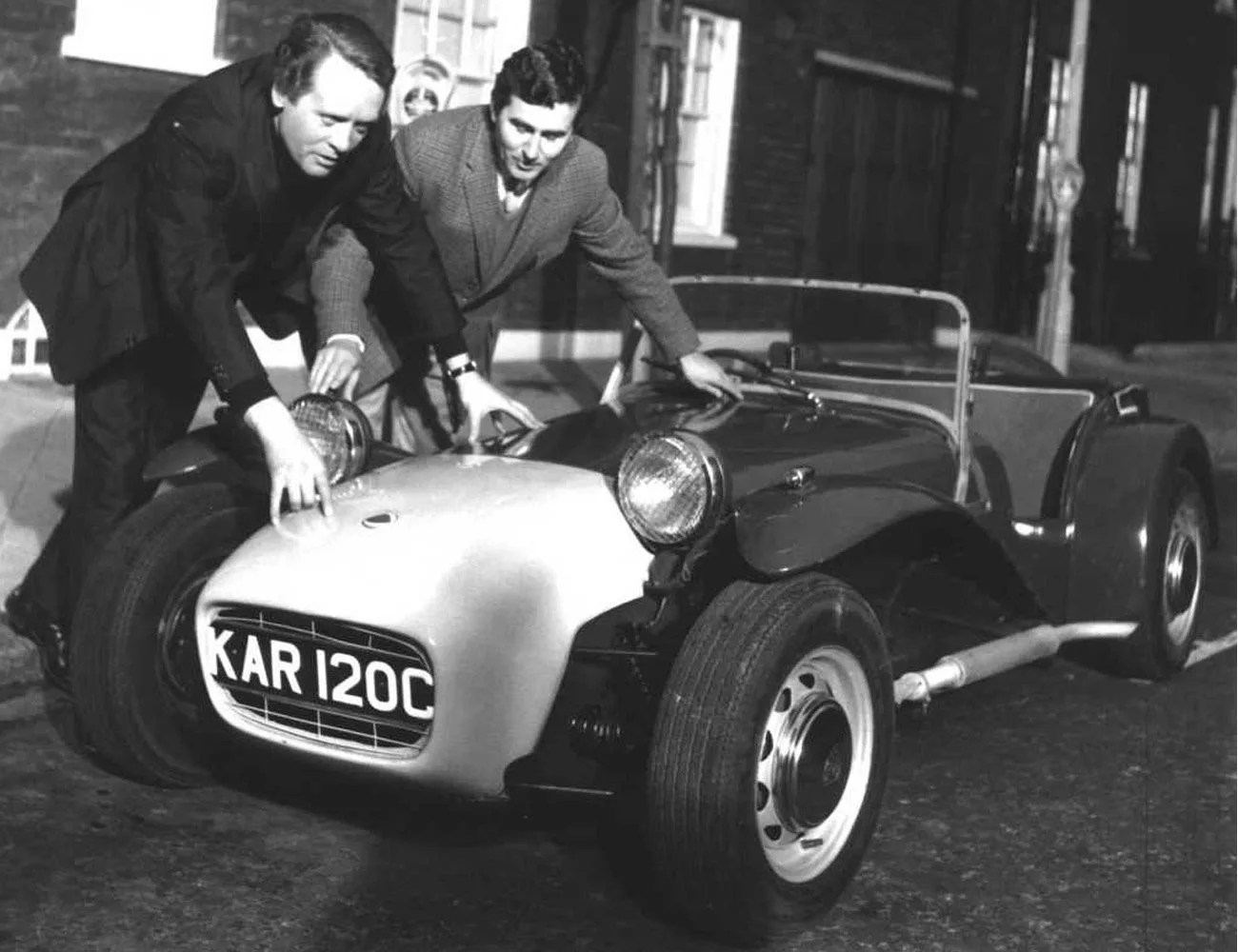8 photos
“Caterham is still the benchmark for many journalists around the world. If they drive any sports car, they always refer back to the handling, the ride, the performance and the weight of a Caterham. And I think all of these British low-volume sports cars now have all evolved from the Caterham ethos and they all in some way try to mimic what we do — to achieve the performance and handling of a Caterham.” — Graham MacDonald, Caterham Cars CEO
Every major modern car-making country has a calling card. For America, it’s muscle cars from Ford and Chevy. For Germany, corner tackling super sedans from Audi, BMW and Mercedes. Japan: affordable, high-strung performance coupes which punch above their weight from Toyota and Honda. For Britain, its core value-car isn’t as obvious. It’s not an SUV from Land Rover or a plush, V12 grand tourer from Aston Martin — it’s the low-volume, lightweight sports car. The most iconic of which comes from Caterham.
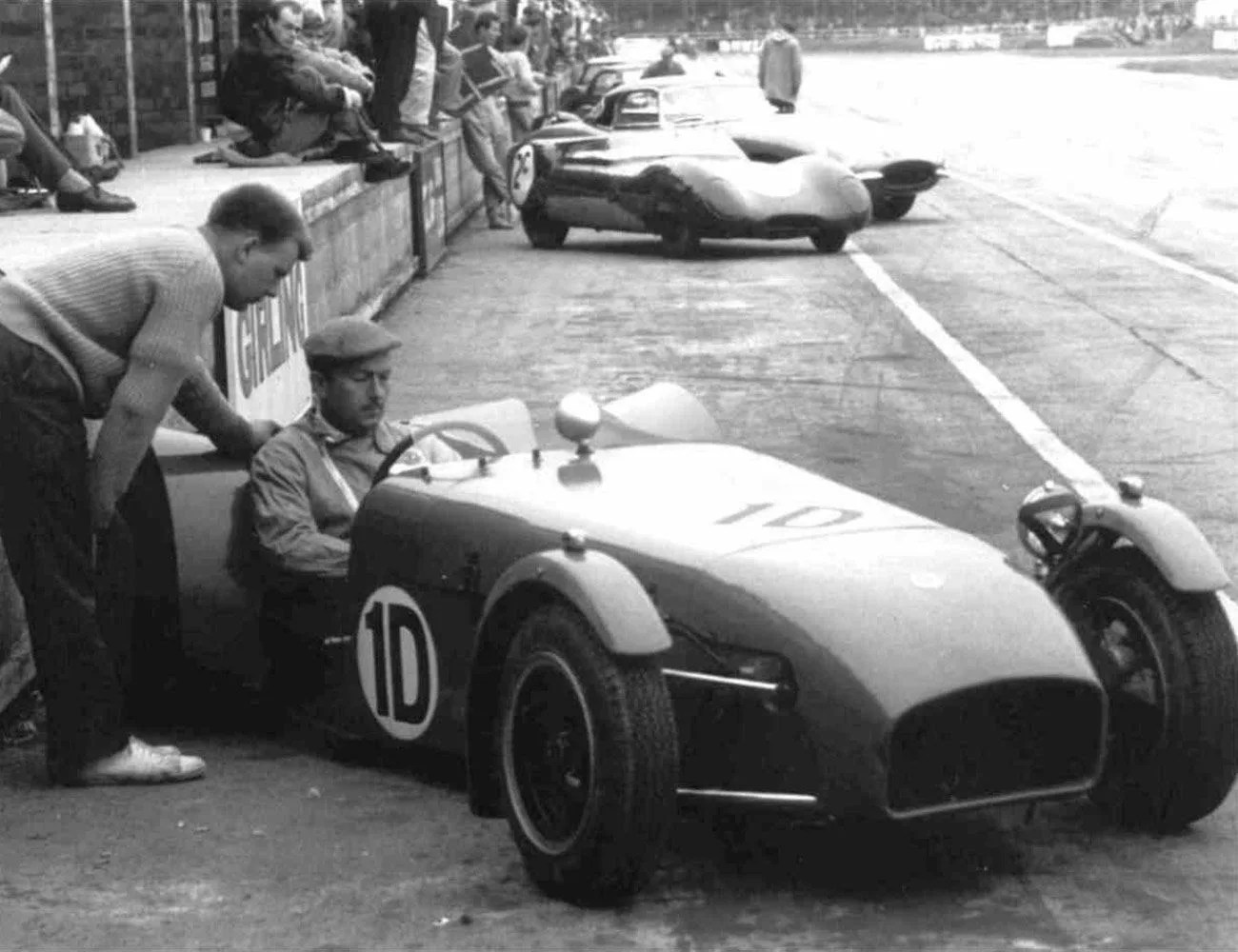
Back in 1957, Colin Chapman, the legendary founder of Lotus Cars, launched the Lotus Seven Series 1. It was a lightweight, minimalist sports car that took after the cigar tube shape of the contemporary grand prix cars and was, most of all, affordable. It doesn’t take a mechanical engineering Ph.D. to know that formula is still a hit with enthusiasts, both on the track and public roads. After the success of his Series 1, Chapman went on to build the Series 2, 3 and 4. But, in ‘74, when the Lotus founder wanted to end production of the Seven, Graham Nearn, owner of Caterham Cars in Surrey, England, one largest Lotus Seven dealers in the ‘60s, bought the production rights and kept building the Series 4.
It would have been natural for Caterham to continue developing a Series 5, 6, 7, ad infinitum until the numbers got too big to paint on the doors (lest they start adding unnecessary weight). However, the Series 4 was the first modern styling departure in the Lotus 7 lineage, and its looks didn’t go over well. As current Caterham CEO Graham MacDonald puts it, “interestingly in the ‘70s, cars became an awful lot more square and boxy and cheese wedge-shaped. When they designed the Series 4, it was all fiberglass, very square and very boxy. While it was very fashionable and the business sold a few of those cars, there was a little bit of an uproar, and they went back to building the Series 3, which is the current version that we have and still build to this day.”
“It’s all modern engineering, just in a traditional, vintage-looking car.”

